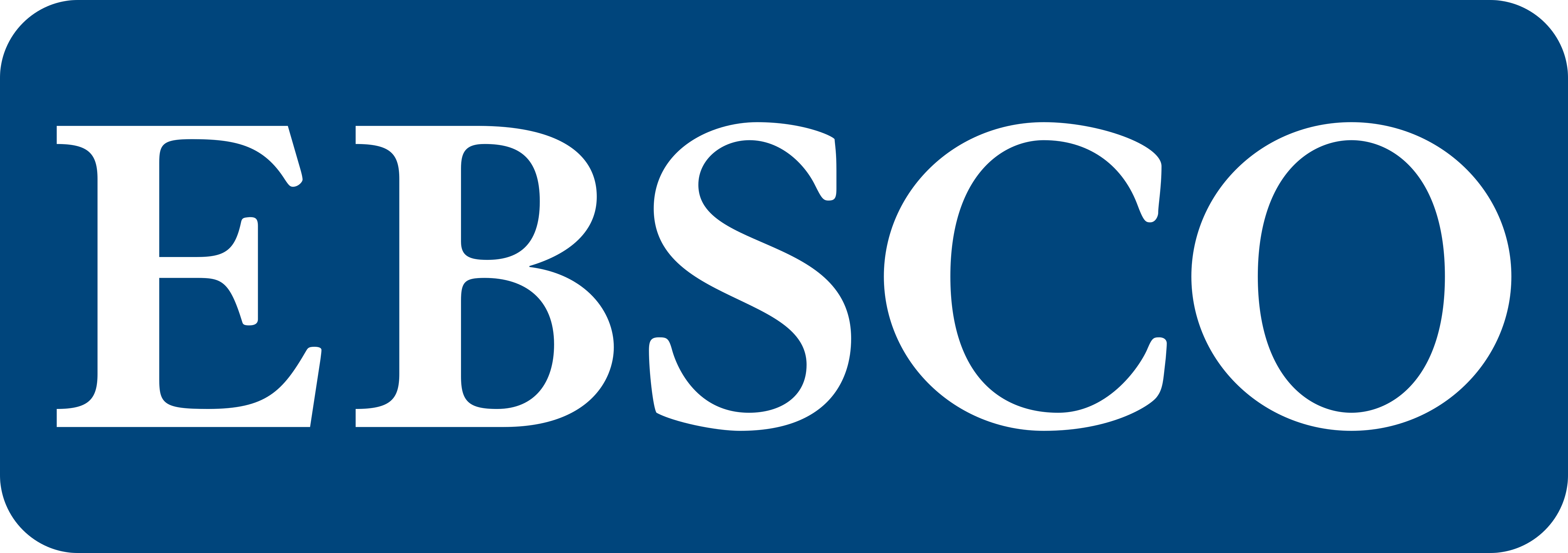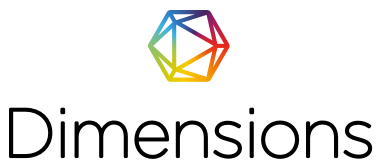Vol. 23 No. 2 (2025)
Full Issue
Review Articles
-
Recent advances in the asymmetric functionalization of N-(tert-butylsulfinyl)polyfluoroalkyl imines
The review covers the latest achievements in the application of N-(tert-butylsulfinyl)polyfluoroalkyl imines in the asymmetric synthesis and summarizes stereochemical observations of their behavior in different types of reactions (reduction of the C=N bond, addition reactions with organometallic reagents, C-H acids, etc.). Fluorinated N-(tert-butylsulfinyl) imines are convenient substrates for obtaining enantiomerically enriched derivatives of polyfluoroalkyl amines, amino alcohols, amino acids, and heterocyclic systems. In recent decades, various approaches to their functionalization have been proposed. With this in mind, important aspects of their reactivity, regio- and stereochemistry have been systematized in this paper.
-
The Synthesis of Pyrroles from Nitroolefins
The synthesis of pyrroles occupies a key place in synthetic organic chemistry due to the numerous biological properties of pyrrole derivatives, in particular antimicrobial, antibacterial, antifungal, antimalarial, anticancer activities, etc. Therefore, pyrroles serve as building blocks in the creation of potential pharmaceuticals and also serve as the basis for the synthesis of boradipyrromethene dyes. One of the most well-known approaches to the synthesis of pyrroles is the reaction between nitroolefins, 1,3-dicarbonyl compounds, and amines, also known as the Grob-Camenisch reaction. This review is devoted to the historical chronology from the discovery of this transformation dating back to 1950s to the present, and covers the development of various modifications of the above reaction in the synthesis of pyrroles.
Original Researches
-
Catalytic Performance of Pd Deposited on Various Carriers in Hydrogenation of Quinoline
Pd nanoparticles were deposited on two different grades of activated carbon – NORIT and CAW. In addition, these carbons were pre-treated with HNO3 or covered by polyaniline, and these modified carbons were used as carriers for the Pd deposition. The resulting materials were tested as catalysts for the hydrogenation of quinoline. The best-performing samples were further tested in the hydrogenation of 4-methylquinoline. The structural features of carriers and catalysts were elucidated by the N2 adsorption studies. The grade of activated carbon was found to be a key factor controlling its performance, and the effect of the surface modification was negligible.
-
A Competitive Substitution of the Difluoromethoxy Group in Aminodehalogenation Reactions of Aromatic Nitro Compounds
The interaction of substituted nitrobenzenes containing activated halogen atoms (fluorine or chlorine) and the difluoromethoxy group with an aqueous solution of ammonia at high pressure and temperature of 80 - 160 °C was studied. It has been found that under the conditions studied, the difluoromethoxy group can be replaced by the amino group as a pseudohalogen. It has been shown that the reactivity of the difluoromethoxy group in the same positions is lower than that of the fluorine atom, but significantly higher than that of the chlorine atom.
-
Development of a Multistage Technology for the Industrial Synthesis of the Levosimendan API and Enantiomeric Separation of Intermediates
A method for obtaining Levosimendan suitable for industrial application has been developed. Two literature routes for the synthesis have been evaluated. It has been found that the use of enantiopure (R)-2-chloropropionyl chloride in the initial step is ineffective due to racemization at the stage of the synthesis based on the malonic ester. Instead, a reported method based on the synthesis of the Levosimendan precursor, 6-(4-aminophenyl)-5-methyl-4,5-dihydropyridazin-3(2H)-one (1), from racemic 2-bromopropionyl bromide has been modified to allow for scale-up and adaptation to industrial processes. A practical resolution method has been developed to isolate the (R)-enantiomer of amine 1 from the racemic mixture with a high enantiomeric purity (the content of (R)-enantiomer is up to 99%). It has been shown that (R)-1 can be converted to Levosimendan in a high yield without the stereochemical purity loss at the chiral center.










